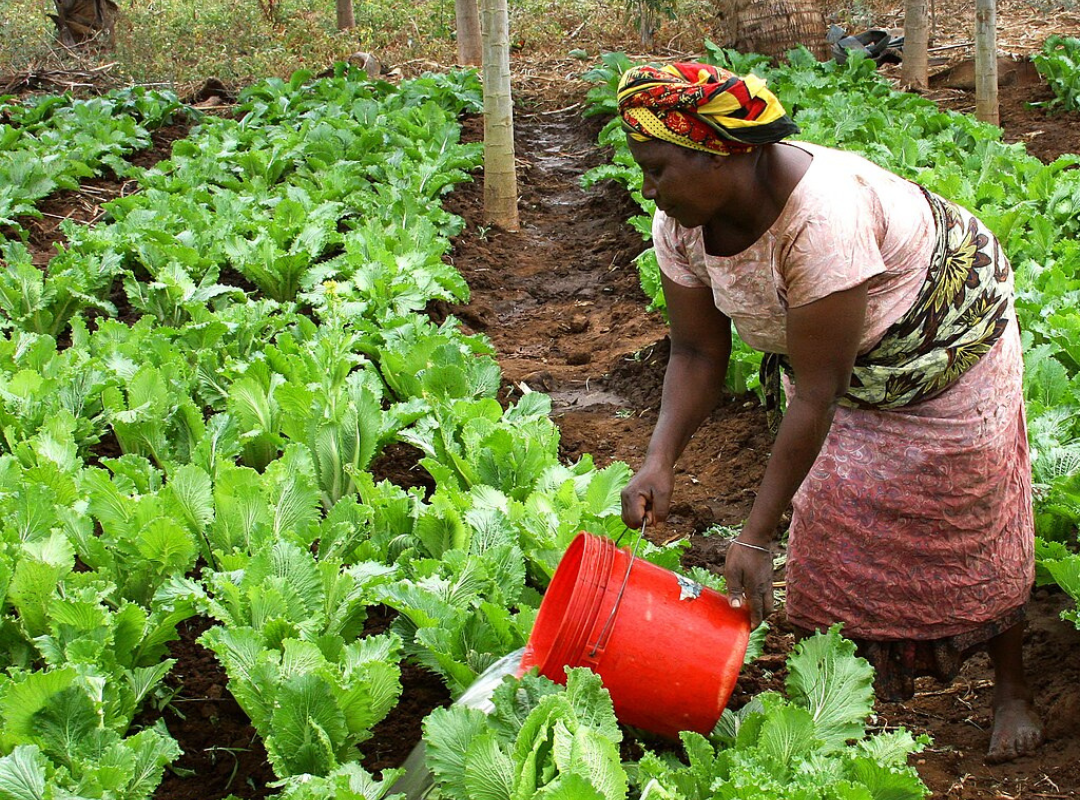
The Role of Women in Agriculture
Students will investigate the number of women farmers globally and identify these farmers’ impacts on feeding the world's population.

Students will investigate the number of women farmers globally and identify these farmers’ impacts on feeding the world's population.
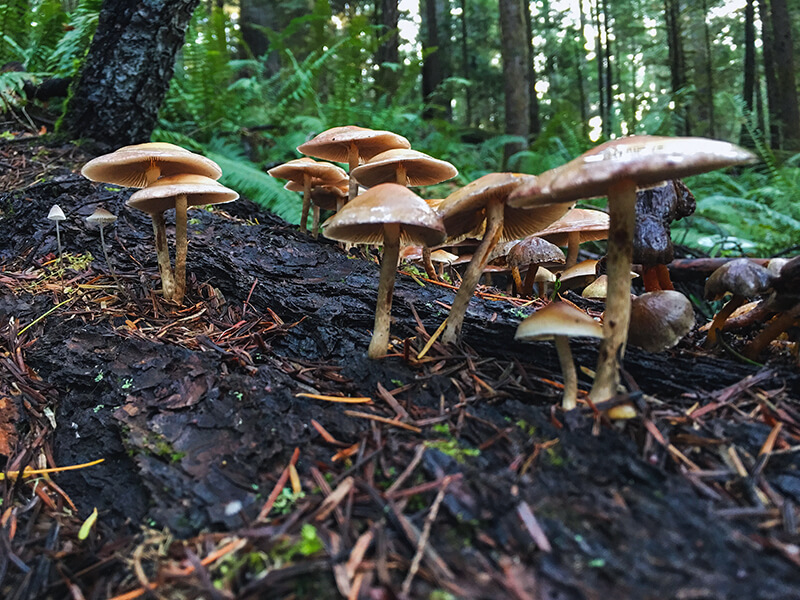
Students compare the differences between natural and managed ecosystems and describe ways in which farmers can protect agricultural ecosystems.
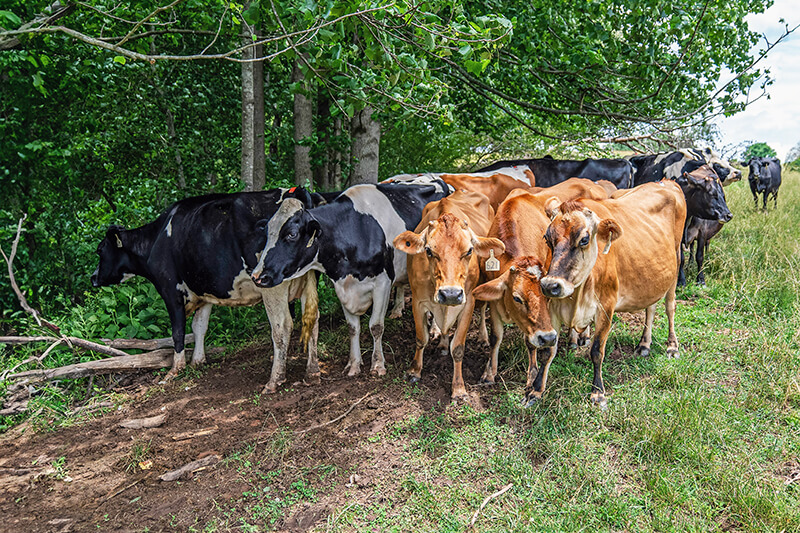
Students explore breed characteristics and countries of origin for five different breeds of dairy cattle and discover why dairy farmers choose individual breeds for specific purposes.
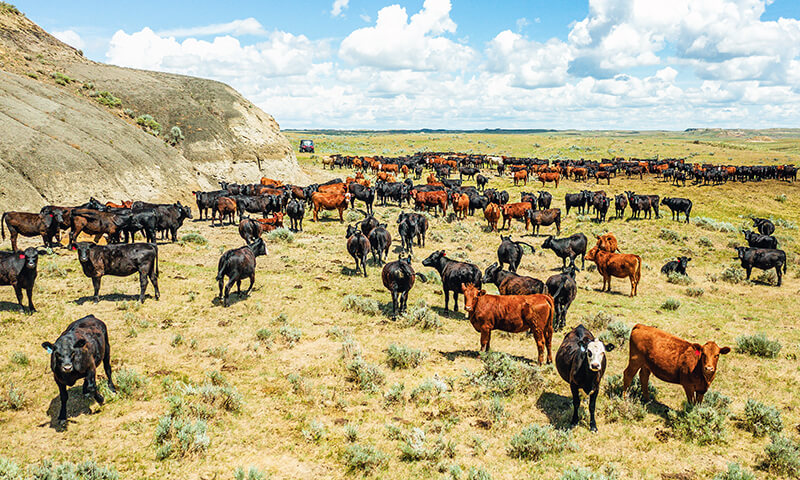
Students explain the value of the beef cattle industry, including the products cattle produce, the production process from farm to plate, and how cattle can utilize and obtain energy from grass and other forage.
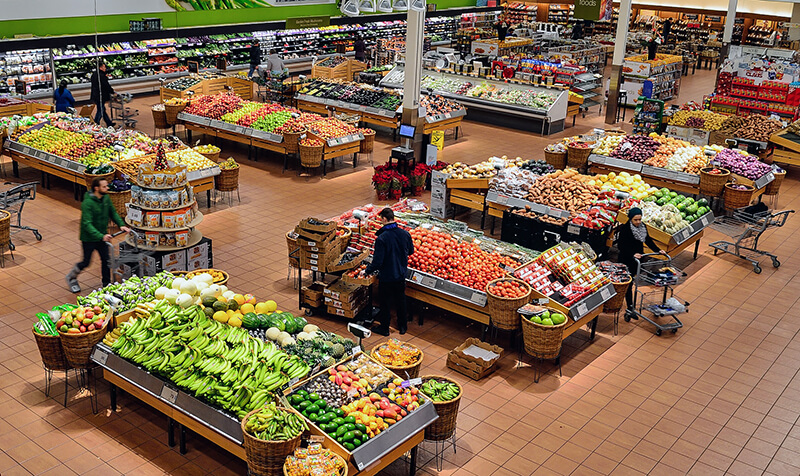
Students explore different cultures around the world, compare worldwide communities with local communities, and explain the interrelationship between the environment and community development.

Students explore different cultures around the world and their unique traditions centered around food and its preparations. Students discover how food gets from the farm to the grocery store.
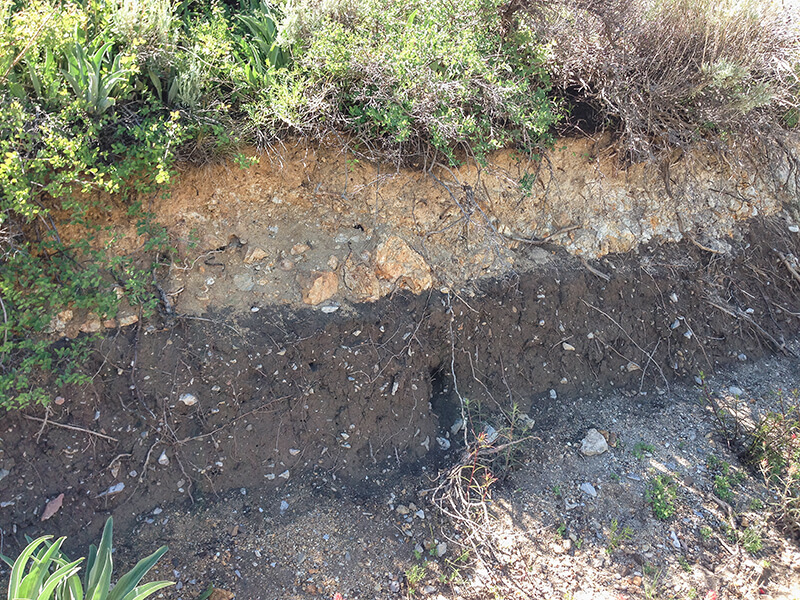
Students discover that topsoil is a nonrenewable resource and use an apple to represent how Earth’s land resources are used. Through critical thinking, students study agricultural land use and consider the sustainability of current land use practices including the use of land to feed and graze livestock animals.
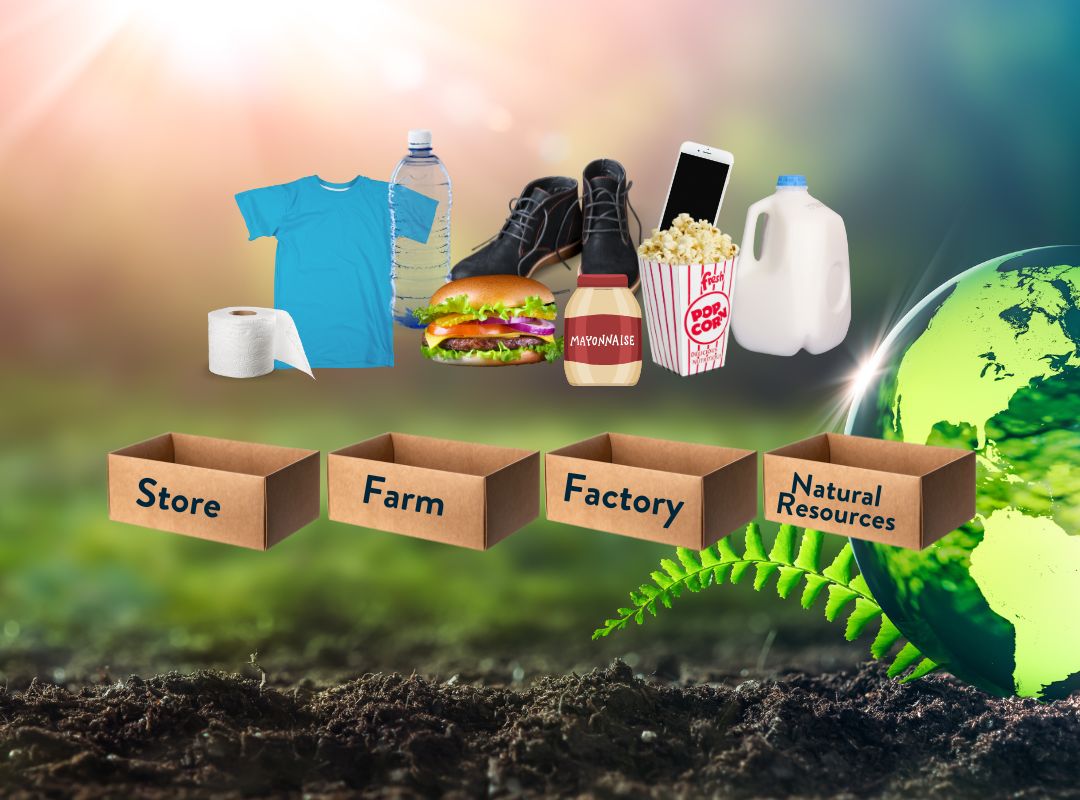
In this lesson students will learn that agriculture provides nearly all of the products we rely on in any given day by participating in a relay where they match an everyday item with its "source."
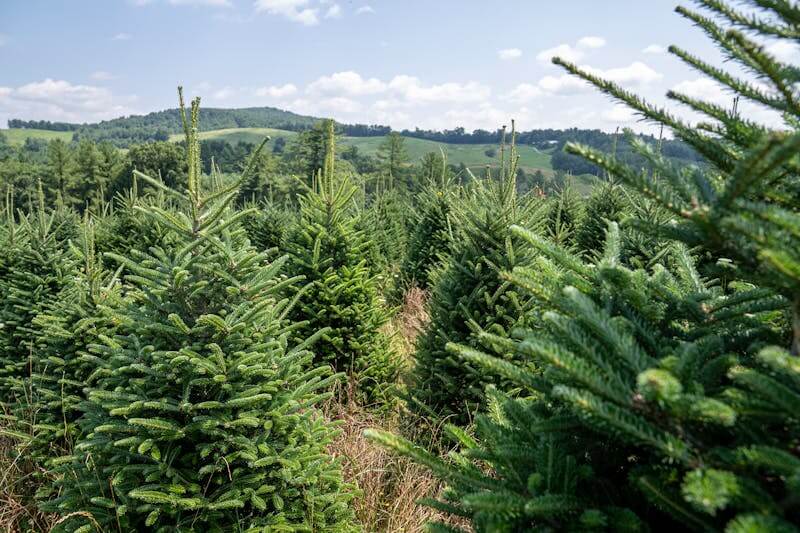
Students explore the history of the Christmas tree, explain the life cycle of a conifer, identify types of trees and how they adapt, discover what it's like to work on a Christmas tree farm, and examine the ecology of conifer trees.
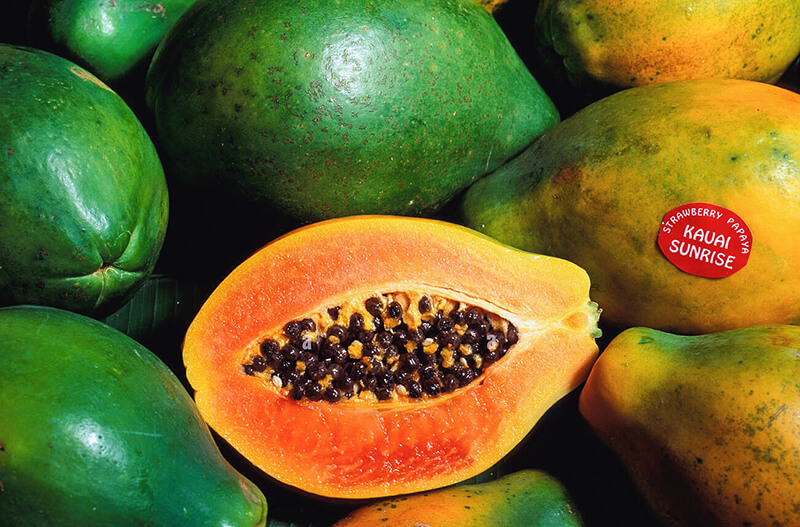
While many view bioengineered crops (GMOs) as a promising innovation, there is controversy about their use. This lesson provides students with a brief overview of the technology, equipping them with the ability to evaluate the social, environmental, and economic arguments for and against bioengineered crops (GMOs). This lesson covers a socioscientific issue and aims to provide students with tools to evaluate science within the context of social and economic points of view.
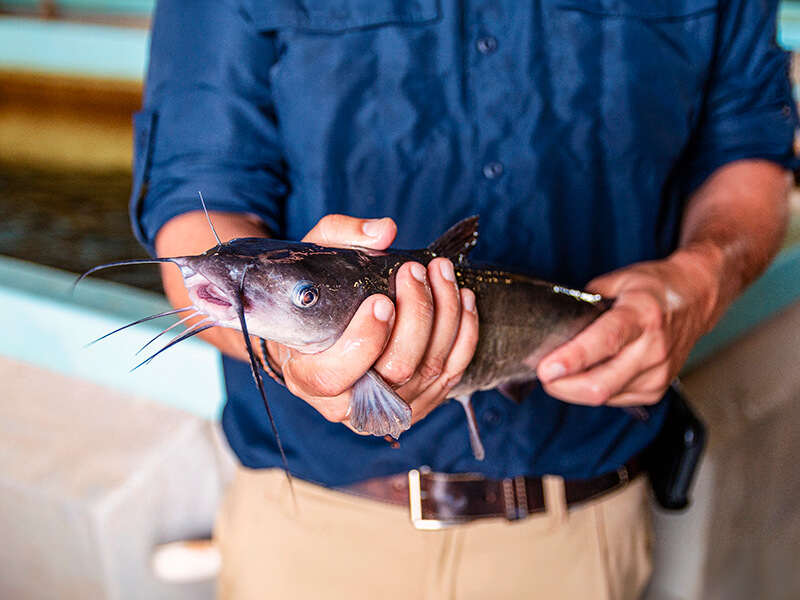
Students investigate a variety of aquaculture food products, discover how and where they are grown and raised, and explore their nutritional benefits.
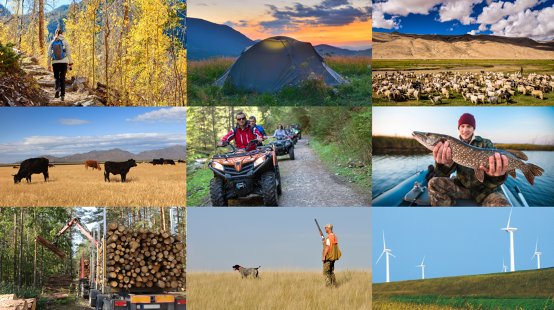
Using various forms of maps, students will analyze public lands in the western United States, describe how ranchers raise food and fiber on federally owned land, and discuss different points of view concerning public lands use and public lands grazing. This lesson covers a socioscientific issue and aims to provide students with tools to evaluate science within the context of social and economic points of view.